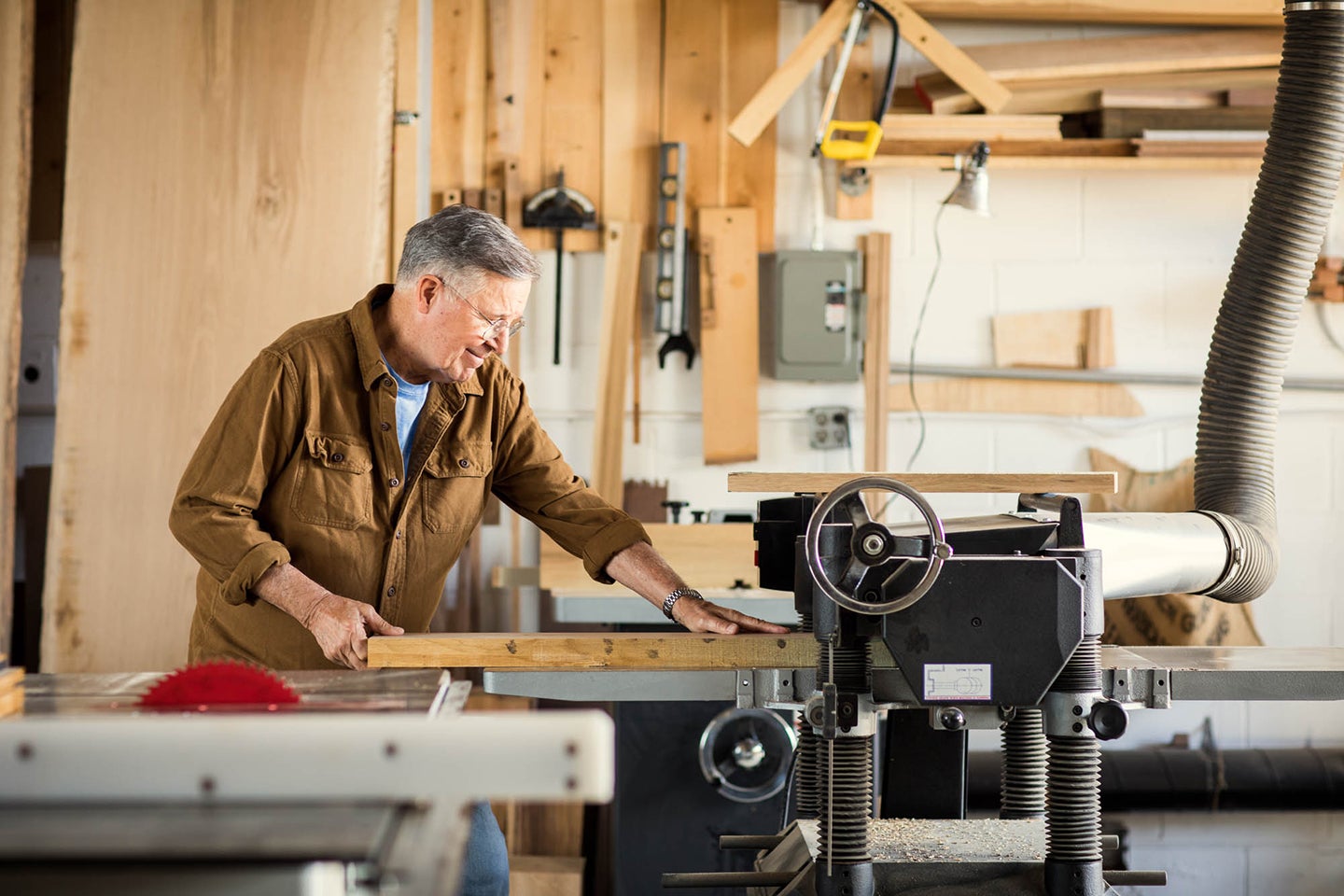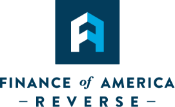Write a Better Retirement Story
A reverse mortgage can provide options and solutions.
Are you one of the tens of millions of boomers and seniors who don’t feel financially prepared for retirement? Relax. Breathe. If you own your home, you may have more options than you think.
A new wave of innovative reverse mortgage loans are empowering retirees to put their hard-earned equity to work—to maintain or even elevate their lifestyles in retirement.
What is a reverse mortgage? It is a loan that converts your home equity into cash. Reverse mortgages can be flexible and powerful solutions for retirees. You can access substantial funds for your retirement—without having to make monthly mortgage principal and interest payments. Interest and fees are added to the loan balance over time, and unless you default–which is not typical, the loan is payable at the time you leave or sell the home.
Borrow with Peace of Mind. Reverse mortgages are non-recourse loans, which means the amount owed on the loan will never be more than your home’s market value—even if the home value decreases in the future. Plus, all reverse mortgage borrowers are required to attend educational counseling to ensure they are fully aware of how their loan works.
What can you do with a reverse mortgage? A reverse mortgage may help you live a more comfortable and worry-free retirement—in so many ways. Pay off your current mortgage and eliminate monthly payments. Supplement your retirement income and pay for medical or long-term care. Establish a “stand-by” line of credit that you can access as needed.
A reverse mortgage can also provide funds for major home improvements, or allow you to “right size” by purchasing a more suitable home in your desired location. In other words, a reverse mortgage can allow you to put your equity to work practically however you wish.
Who’s eligible? Basic eligibility requirements are fairly simple. You must be at least 62 years of age, live in the home as your primary residence, and have sufficient home equity to borrow against. In addition, borrowers can’t be delinquent on any federal debt.
What are the loan costs? Reverse mortgage costs are similar to traditional “forward” home loans. These may include an origination fee, title fee, credit report fee, property appraisal, escrow costs, mortgage insurance premium, and a modest fee for borrower counseling. Most costs can be rolled into the loan—minimizing your out-of-pocket expenses. With a reverse mortgage, you must also continue to pay property taxes and insurance while you remain in your home.
Today’s reverse mortgages offer borrowers more flexible options for accessing their funds than in the past. You can choose to take your loan proceeds as a line of credit; monthly advances for a set period of time; a monthly stream of funds for as long as you live in your home; a single lump sum; or a combination of these options.
How much can I get? Your loan amount is determined by a number of factors, including your age (and spouse’s age if you co-own the home), the current market value of your home, current interest rate, and any outstanding mortgage balance.
The standard, government insured Home Equity Conversion Mortgage (HECM) has a loan cap of $726,525, which can exclude owners of high value homes. That’s why Finance of America Reverse LLC (FAR) created HomeSafe®, a suite of flexible reverse mortgage options with loan limits up to $4 million.
Reverse mortgages, with their built-in consumer safeguards and flexible options for accessing equity, are transforming the way people approach retirement. To speak with an expert, call a Licensed Loan Officer at 855-421-4745.
This article is intended for general informational and educational purposes only, and should not be construed as financial or tax advice. For more information about whether a reverse mortgage may be right for you, you should consult an independent financial advisor. For tax advice, please consult a tax professional.















I WANT TO KEEP UP TO DATE ON RETIREMENT TRENDS
Follow Us.